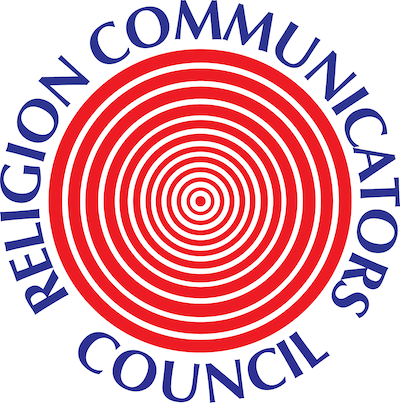By Kevin P Kane, APR
This feature was originally published in The Pinnacle by the Public Relations Society of America, July 16, 2021, Volume 1, Issue 4. RCC is one of eight professional organizations represented on the Universal Accreditation Board that administers the APR designation.
When assessing which “interrupt-driven project” our Corporate Communications team should tackle first (if at all), my mental checklist would include these questions paraphrased from a long-time supervisor:
- “Should it be done?” (if yes, then)
- “Should it be done now?” (if yes, then)
- “Should it done now by us?”
This quick tool helped me arrive at a “yes” or “no” to the next question: “if asked by a senior leader or co-worker, can I easily, simply say ‘why’ we should do the project”? Some might call it the “strategic why” but I call it the “2-year-old test” — if a 2-year-old has the right to ask “why” all the time, don’t we all?
Knowing “why” helps guide us when we need to sort through the many “good/important” projects we’re given — and was highly valuable to companies who hadn’t planned to pivot to remote-work without direct, day-to-day, in-person supervision.
Even today, when I arrive at the “let’s do the project now” answer, I fall back on much of the information I learned in my accreditation in public relations (APR) review sessions years ago, especially these two areas of the Knowledge, Skills and Abilities (KSAs).
Researching, Planning, Implementing and Evaluating Programs
I’ll bet that most public relations and business resilience practitioners in health care and larger companies had both overall crisis communications and likely even pandemic-specific plans — but no tabletop exercise could prep us for the “nearly 100 percent work-from-home for a year plus” scenario that so many employers faced.
But those of us who relied on the RPIE structure — Researching, Planning, Implementing and Evaluating — took what we had and modified those plans. We had been:
-
- Researching — Gathering data and walking through “what ifs” since January 2020.
- Planning — Spent that prep time to build out realistic infrastructure for shared messaging and focused sources of information to support our key audiences; resources often not previously envisioned to this scale.
- Implementing — Took the tactics and tasks we’d planned and implemented, often learning how to manage new delivery channels at the same time.
- Evaluating — Tracked metrics of readership, use, two-way channels for questions and more.
The planning process served us well, and also allowed for depth of staffing in case any one person was unavailable. These plans have been revised over the course of the year based on measured results and held answers to the “strategic why” we should or shouldn’t do something.
It is wonderful that once we learn about RPIE and other KSAs taught through the APR process, the tools become embedded in our natural communications response tool kit — no shelf-based binder needed.
Leading the Public Relations Function (including problem-solving, decision-making and resource management).
Similar to how many public relations (PR) pros implemented the RPIE structure, seasoned pros were forced to develop new — and perhaps fully remote — ways to lead public relations activities they’d always done in person. Walk-a-thons, marathons, galas, staff onboarding, multi-thousand-person town hall meetings and more all looked different and will never quite go back as they were.
PR is a profession made up of troubleshooters always thinking of a “Plan B” well before needed, and this past year was “Plan B times 10.” So many of us who had relied upon a full roster of talented staff and student interns now had to manage resources while intern programs were cancelled and older workers retired — usually without backfill for a year. Again, managing limited resources worked best when you had measurable results on what WAS working so you would pick wisely.
Now as we’re approaching 18 months after we had to don our crisis management hats, we should take pride in how those with APR training and measured resource management used the knowledge to guide us safely to a “new normal.” And though we grew to hate that cliche in 2020, “the new normal” lives we’re leading have much more value because our well-founded decisions changed our profession, making us more nimble professionals in the process.
If you would like more information about pursuing your own accreditation as a member of RCC, please check out the resources here and/or contact Cherilyn Williams, APR.
